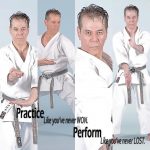
Practice Like you’ve never WON. Perform Like you’ve never LOST.~ Bernard F. Asuncion

Practice Like you’ve never WON. Perform Like you’ve never LOST.~ Bernard F. Asuncion
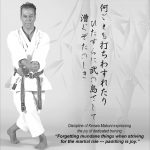
Discipline of Kenwa Mabuni expressing the joy ofdedicated training: “Forgetting mundane things when striving for the martial isle — paddling is joy.” ~Kenwa Mabuni
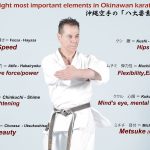
沖縄空手の「八大要素」= Okinawa karate no 「Hachidai youso」 Meaning : Eight most important elements in Okinawan karate フェーサ 速さ= Feesa – Hayasa Meaning : Speed アティファ 破壊力 = Atifa – HakairyokuMeaning : Destructive force/power チンクチ 締め = Chinkuchi – ShimeMeaning : Tightening チュラサ 美しさ = Churasa – UtsukushisaMeaning … Continue reading
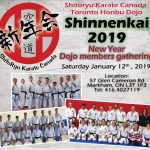
Shitoryu Karate Canada, Toronto Honbu DojoShinnenkai 2019 New Year Dojo members gatheringSaturday January 12th, 2019Location:57 Glen Cameron RoadMarkham, Ontario L3T 1P3
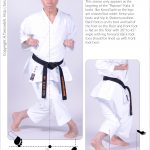
Zawan-Dachi 座湾立ち (Wide- Seated Crossed Leg Stance) This stance only appears at the begining of the “Papuren” Kata. It looks like Kosa Dachi so the legs are crossed but wider. Keep your body and hip in Shomen position. Back foot … Continue reading
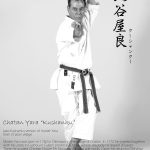
kata Kushanku version of master Yara from Chatan village Master Yara was born in 1760 in Okinawa, in the village of Chatan. In 1772 he traveled together with his uncle in Fuzhou in Fukien province (China), where allegedly he stayed … Continue reading
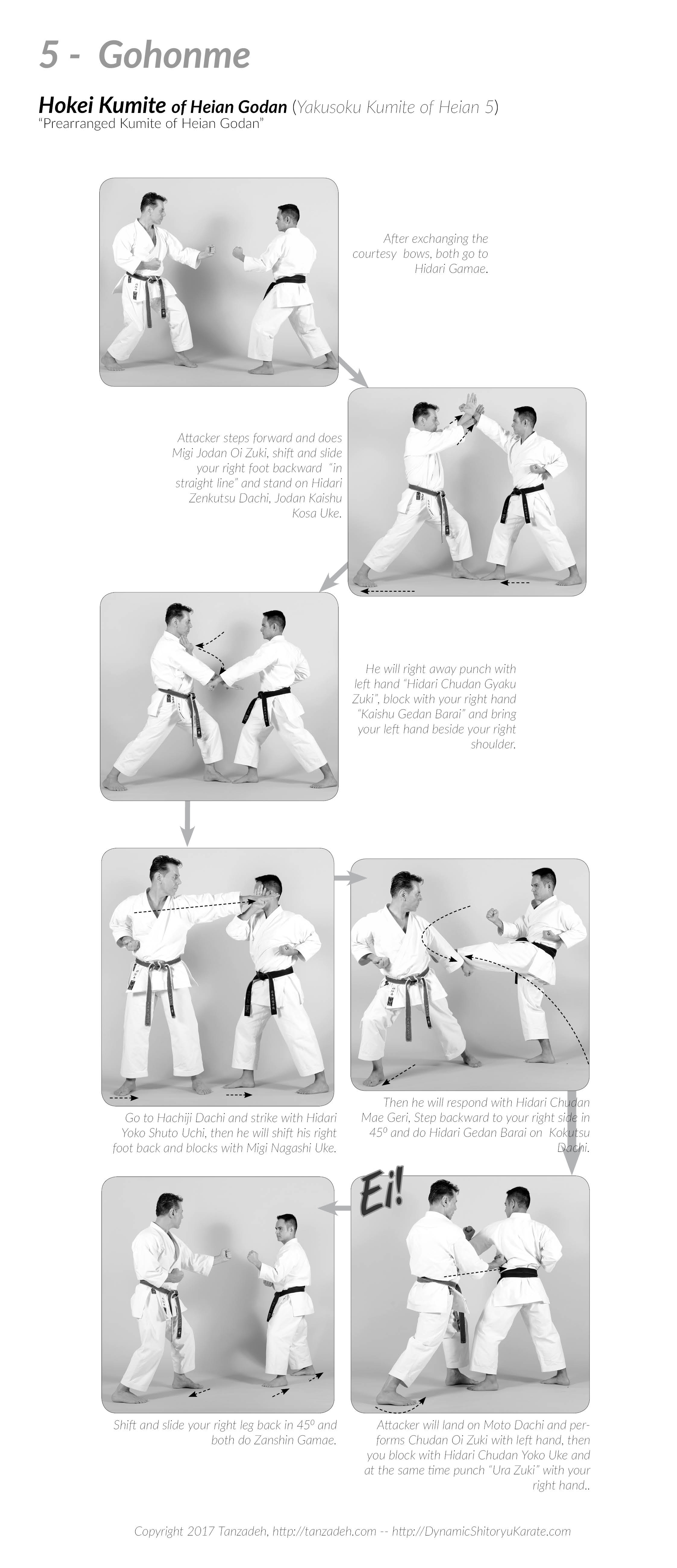
Hokei Kumite ”Yakusoku Kumite of Heian Katas”Master Mabuni was a pioneer and his thinking, years ahead of his contemporaries. His systemization of Karate was well planned and well executed and designed to make it available to general public were preserving … Continue reading
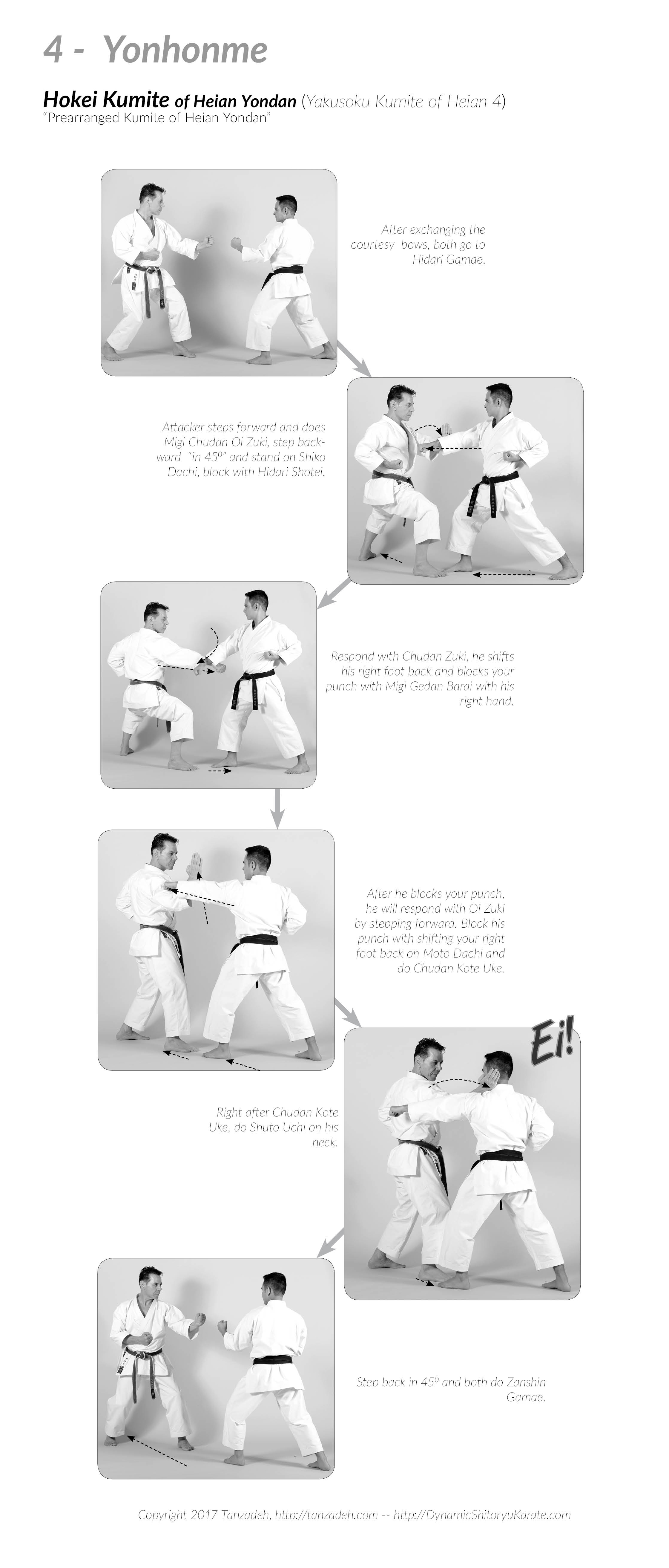
Hokei Kumite ”Yakusoku Kumite of Heian Katas”Master Mabuni was a pioneer and his thinking, years ahead of his contemporaries. His systemization of Karate was well planned and well executed and designed to make it available to general public were preserving … Continue reading
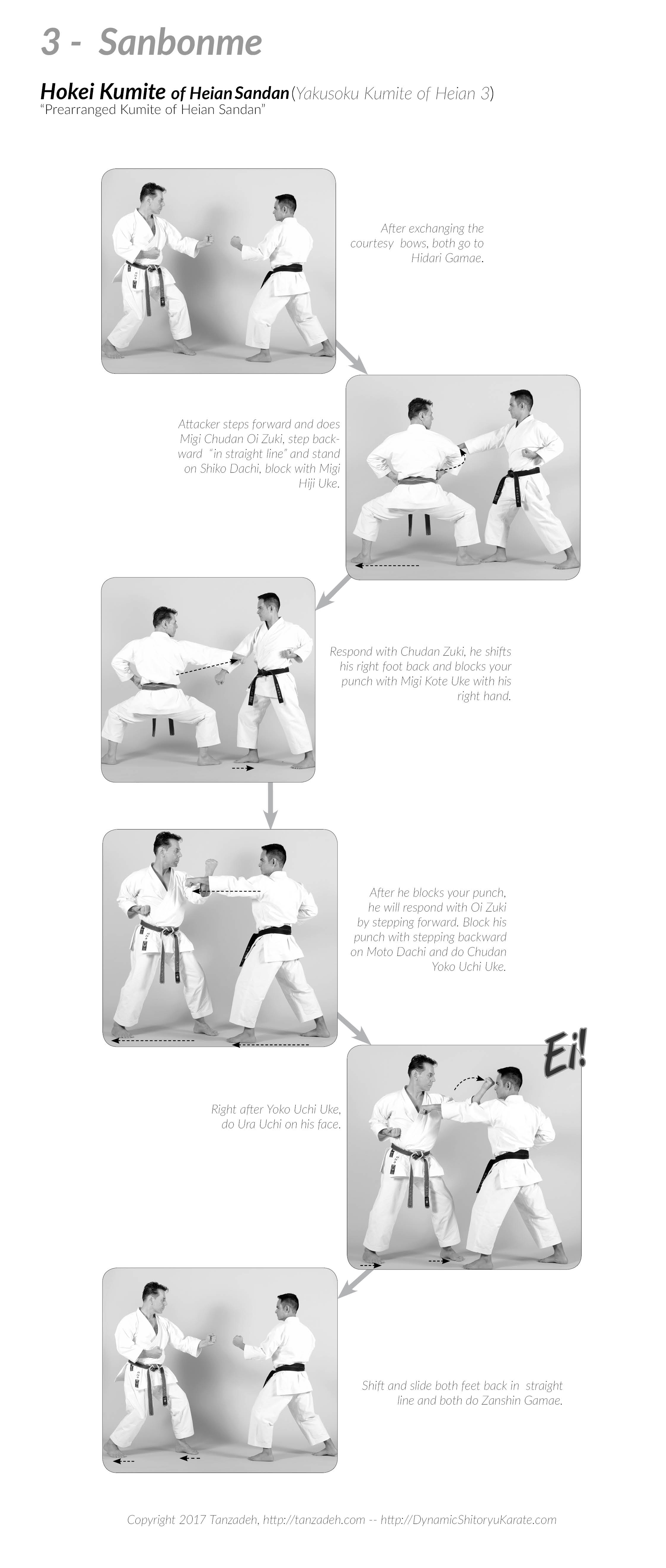
Hokei Kumite ”Yakusoku Kumite of Heian Katas”Master Mabuni was a pioneer and his thinking, years ahead of his contemporaries. His systemization of Karate was well planned and well executed and designed to make it available to general public were preserving … Continue reading
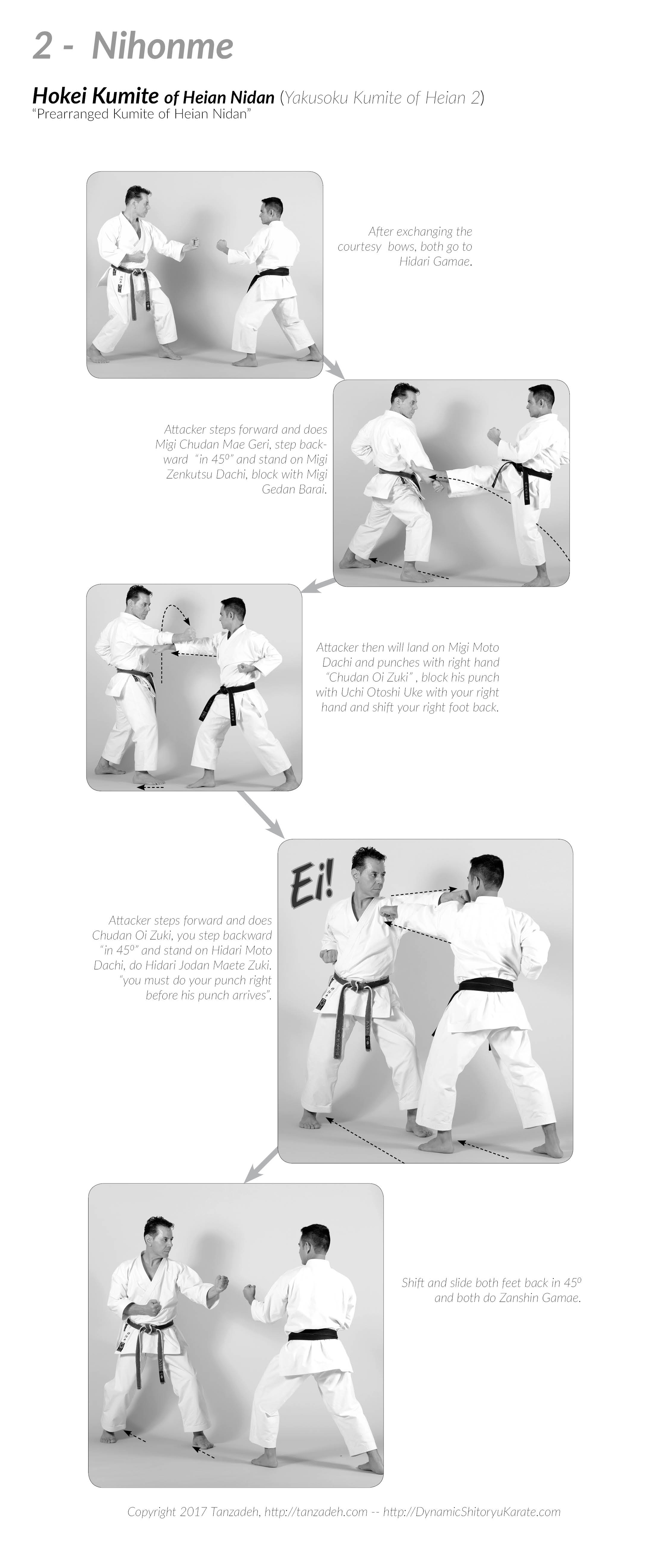
Hokei Kumite ”Yakusoku Kumite of Heian Katas”Master Mabuni was a pioneer and his thinking, years ahead of his contemporaries. His systemization of Karate was well planned and well executed and designed to make it available to general public were preserving … Continue reading
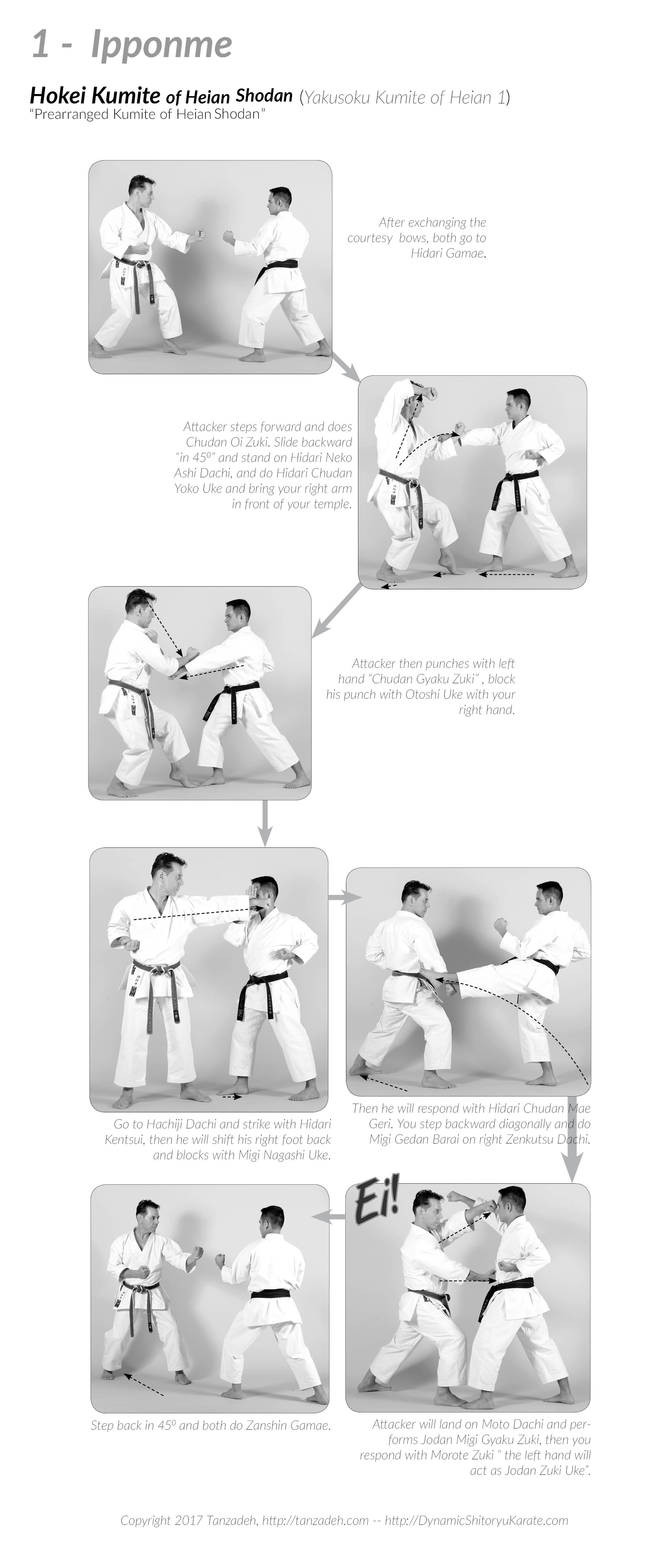
Hokei Kumite ”Yakusoku Kumite of Heian Katas”Master Mabuni was a pioneer and his thinking, years ahead of his contemporaries. His systemization of Karate was well planned and well executed and designed to make it available to general public were preserving … Continue reading
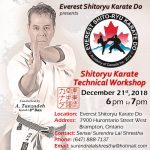
Everest Shitoryu Karate Do presents: Shitoryu Karate Workshop. December 21st, 2018 conducted by A.Tanzadeh, kyoshi 8th Dan. Hosted by Sensei Surendra Lal Shrestha
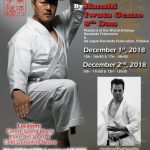
Shitokai Belgium presentsTechnical Seminar by Hanshi Iwata Genzo 8th Danpresident of the World Shitoryu Karatedo Federation and All Japan Karatedo Federation, Shitokai Assisted by Sensei Tanzadeh, Kyoshi, 8th Dan December 1st & 2nd, 2018
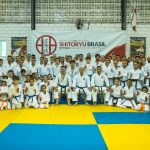
1st International Shitoryu Karate SeminarsConducted by Master Shoko Sato 8th Dan assissted by Kyoshi Tanzadeh, 8th Dan.Sao Paolo, BrazilDecember 9th, 2018